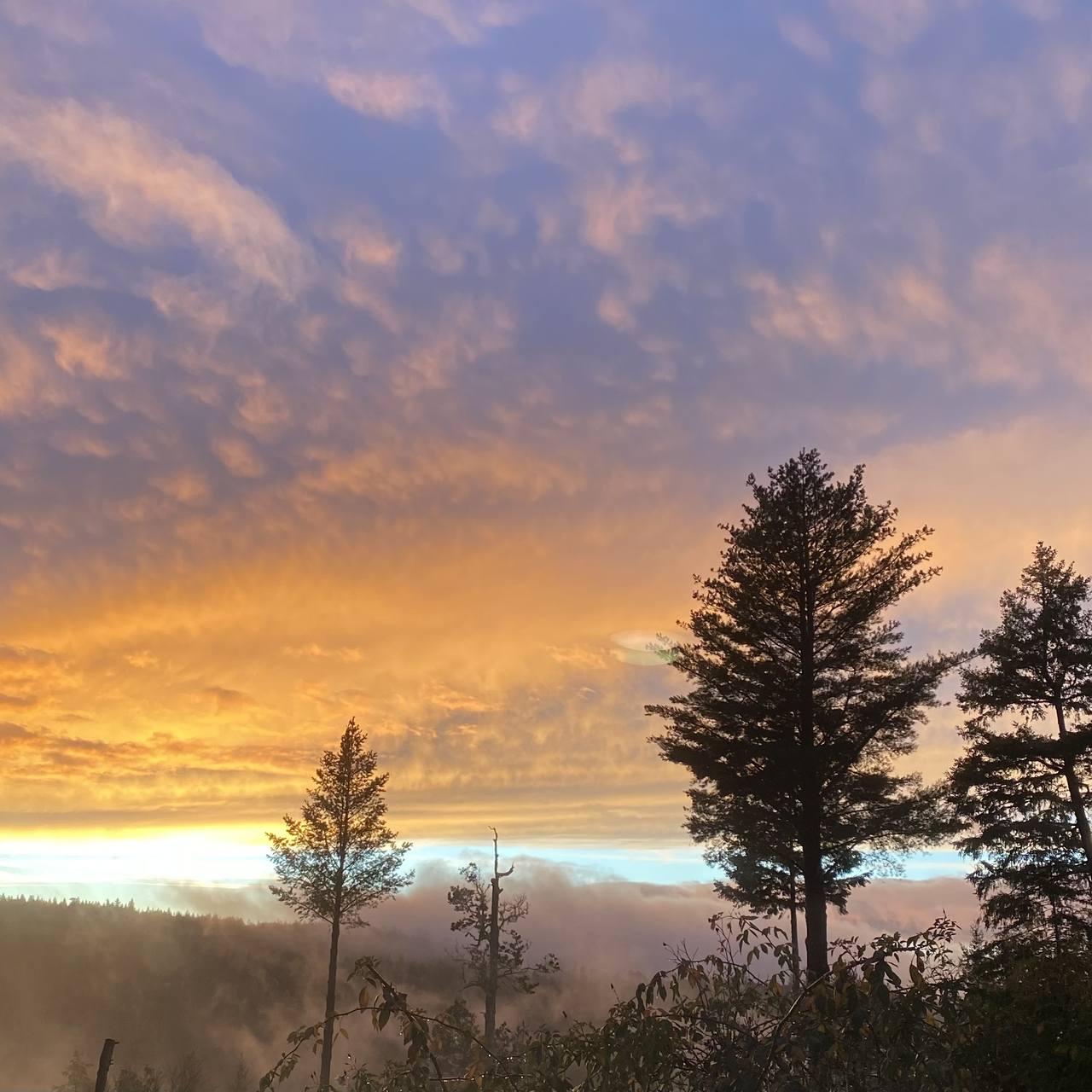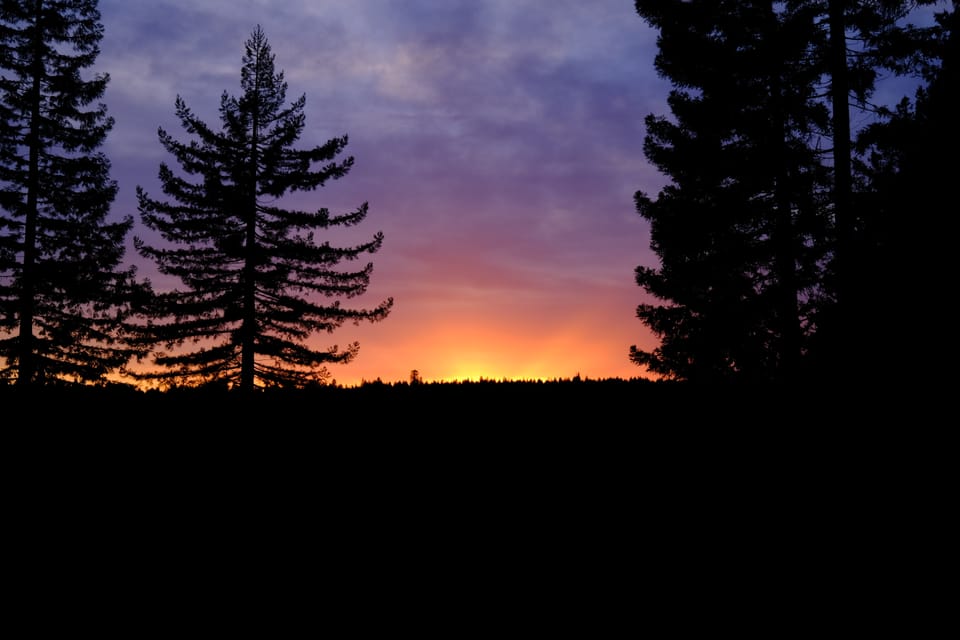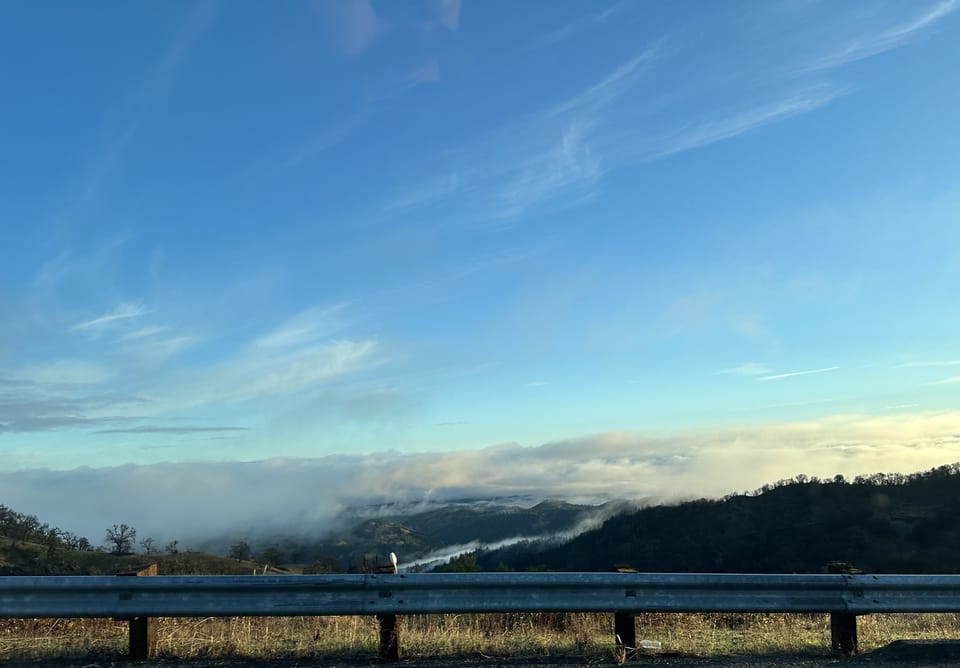Let’s just rest a bit
In which we do what we do best, learn some stuff and have some fun.

I’ve got a few things to mention real quick before we get rolling:
- Welcome to the new subscribers! It’s great to have you here 💙!
- Posts over the next ~2 weeks or so will be inconsistent. Keep an eye on things for me OK?
Ya know what we need?
Some updates to our space weather predictions. Bet you didn’t see that one coming. It’s a real thing though and here’s what they’re doing.
July 27, 2023 - NOAA’s Space Weather Prediction Center (SWPC) - a division of the National Weather Service - will upgrade one of its advanced physics-based space weather models leading to increased lead time for predicting the impact of geomagnetic storms on communications and navigation systems. The August 2 upgrade will also deliver new products for satellite operators – to help with decision-making, maneuver planning, orbit prediction, and collision avoidance – and for the aviation and communication sectors.
Source
Running AMOC
There’s this thing called the Atlantic Meridional Overturning Circulation (AMOC) and it’s been in the news quite a bit recently. In brief, this is what it is:
The Atlantic meridional overturning circulation (AMOC) is a large-scale overturning motion of the entire Atlantic, from the Southern Ocean to the high north.
Source
So it’s moving water, mixing it up, etc. And we care because it impacts climate:
The AMOC however moves the bulk of the heat into the northern Atlantic so is highly relevant for climate, because the southward return flow is very cold and deep (heat transport is the flow multiplied by the temperature difference between northward and southward flow).
Source
And the concern is that the AMOC could collapse.
The Atlantic meridional overturning circulation (AMOC) is a major tipping element in the climate system and a future collapse would have severe impacts on the climate in the North Atlantic region.
Source
And this is about the point where things go over my head. I don’t fully grasp the potential timing of such an event or its more specific impacts. If you want to read more though, I’d suggest reading through these expert reactions to the recent research paper.
The Weather Feed is a reader-supported publication. To receive new posts and support my work, consider becoming a free or paid subscriber.
Tis the season
We’ve luckily had a slow start to fire season, but my local CAL Fire unit shared this photo recently and I thought it was important to mention.
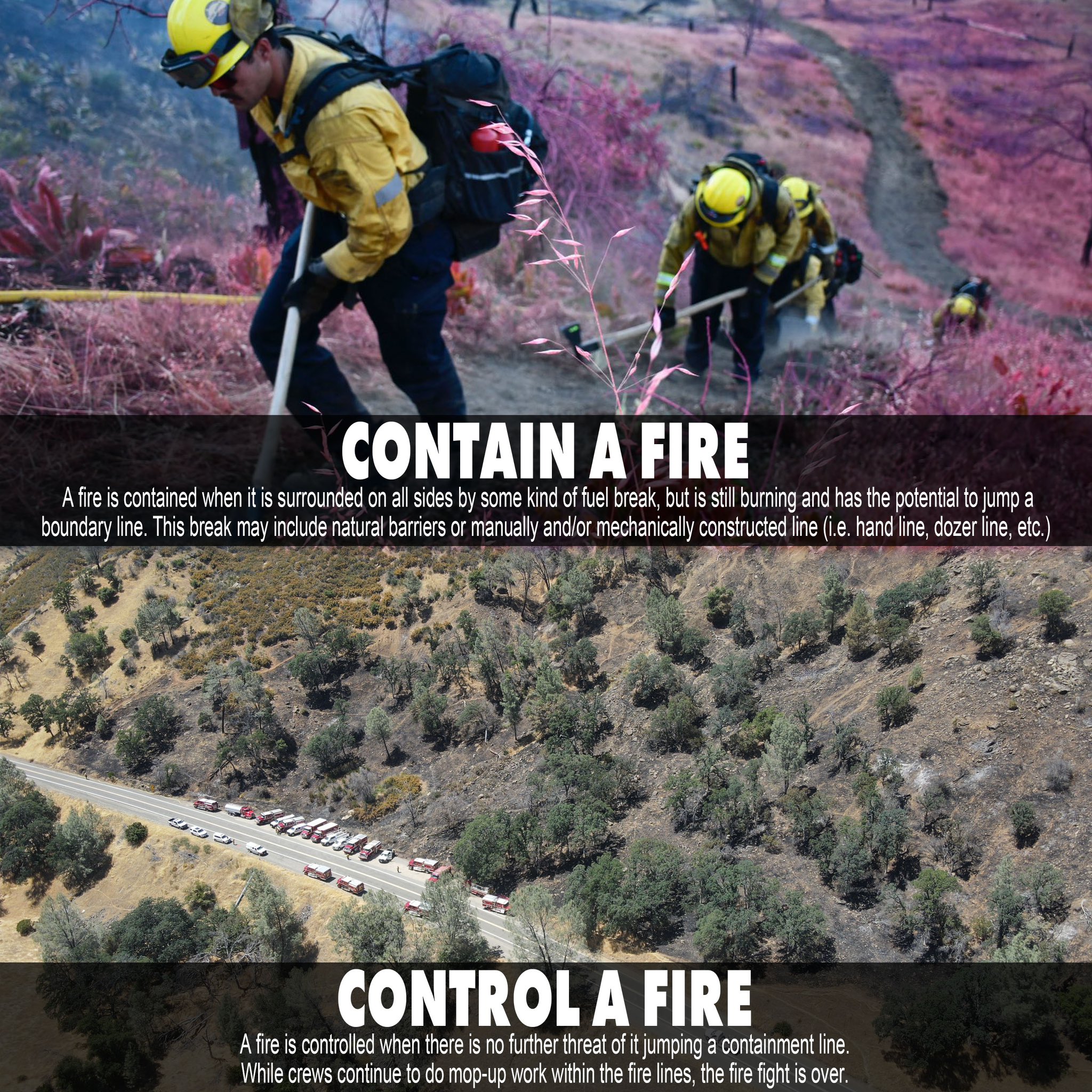
Be my guest
There was a guest post on the ENSO blog about whether climate change has impacted ENSO (El Niño Southern Oscillation). Unlike in The Sound of Music, we’re going to start at the very end.
This work forms a bridge to past research that clearly indicates ENSO variations are likely to become even stronger (by 15-20% under high emission scenarios) later this century if atmospheric greenhouse gas concentrations continue to rise. The article also goes beyond just saying that there is a detectable signature of climate change in ENSO cycle variations today; it also explains how this happens in physical terms. ENSO arises from self-reinforcing feedbacks between the atmosphere and ocean and those feedbacks become stronger in a warmer world. Under increased greenhouse gas forcing, the upper layers of the tropical Pacific warm faster than the deeper ocean. The warmer surface layer enhances precipitation, and together they increase the density stratification of the upper ocean, making it more sensitive to wind forcing. Thus, the coupling of the ocean and atmosphere becomes stronger, making the swings between El Niño and La Niña more extreme.
There are caveats though. The saying “All models are wrong, but some are useful,” attributed to the British statistician George Box, applies here. The conclusions of this study rely on the current generation of climate models, which have known limitations in the tropical Pacific Ocean. However, they are the best tools available to us for addressing this problem, and Cai and colleagues wring out every bit of information there is from them to make their case.
Source
Been a while
Since we checked in on the drought monitor. Here’s a link to the most recent weekly report and below you’ll find a summary map.

Daniel Swain’s office hours
Click the summary below to read my full (but rough) notes, or go watch them yourself!
I guess it’s old news
But I really wanted to share this article that came from The National Snow and Ice Data Center. It covers the journey of a ship that headed out to the North Pole in 1879. I’ve read several articles and books about journeys like this (I find them fascinating and terrifying), and I’m sure you can guess that they don’t always end so well. This voyage was no exception, but the article calls out some of the contributions this journey made and how they’re still used today.
While the USS Jeannette expedition was ultimately considered a failure, it did contribute much to science. The crew explored and mapped hundreds of miles of uncharted territory, provided oceanographic and metrological measurements, and collected natural history specimens. They also disproved the theory that a temperate current called the Kuro Siwo flowed from the Bering Strait to the North Pole. De Long was the first to test out this route, and the expedition failed in part because this theory about the current was incorrect. The crew also discovered two unknown islands—Henrietta Island and Jeanette Island—which De Long named after his mother and the ship, respectively.
While these accomplishments were certainly notable at the time, what may be even more impressive is that the Jeannette data are still being used today. “The greatest contribution of these data is not that they resulted in new or eye-opening discoveries,” said Florence Fetterer, lead of the NOAA@NSIDC program, of the sea ice thickness measurements taken during the expedition. “It is that they contribute to the extremely limited number of sea ice thickness measurements that we have from the 1800s, with very few from that part of the Arctic.”
Source
Looking ahead
Here are the 6-10 day temp and precip outlooks for you. Hope it’s not too crazy where you’re at.
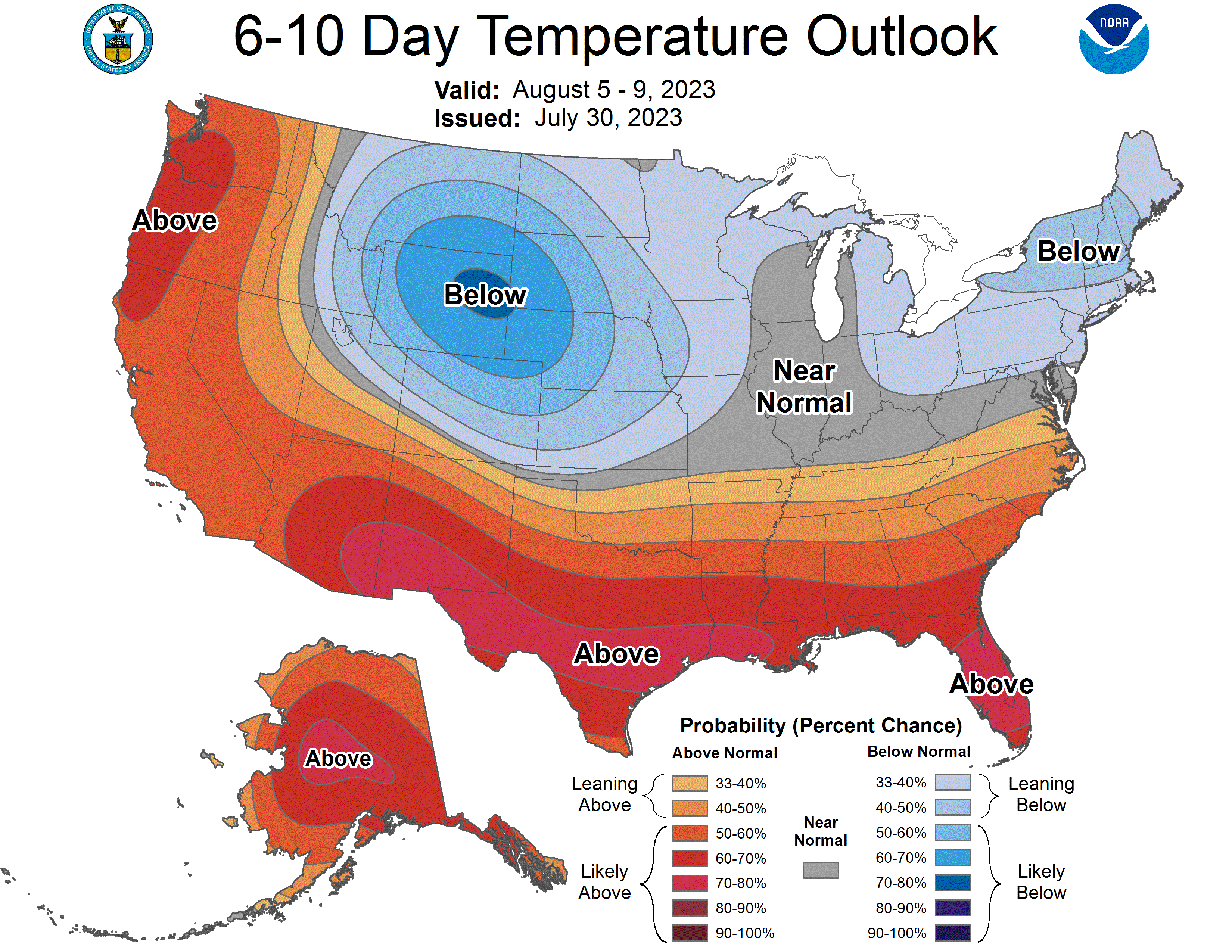

Shoutout to some other Substacks
If you’re here, then you’re kinda into the weather so here are some recent posts from other weather related Substacks.
- WeatherTiger’s Hurricane Watch (I’m far away from most hurricanes but I still like to keep tabs on things)
- Tyson’s Substack (Very location-specific weather info from Australia but I love the in-depth posts)
- The Climate Brink (Recent sub of mine, liking it so far)
- Tornado Titans (I can’t, and probably shouldn’t, chase tornadoes so I just read/watch Tornado Titans)
Alright, that’s it fam 💙
Keep an eye on things until I get back. If you have a party, try to keep it down.
See you next time.

